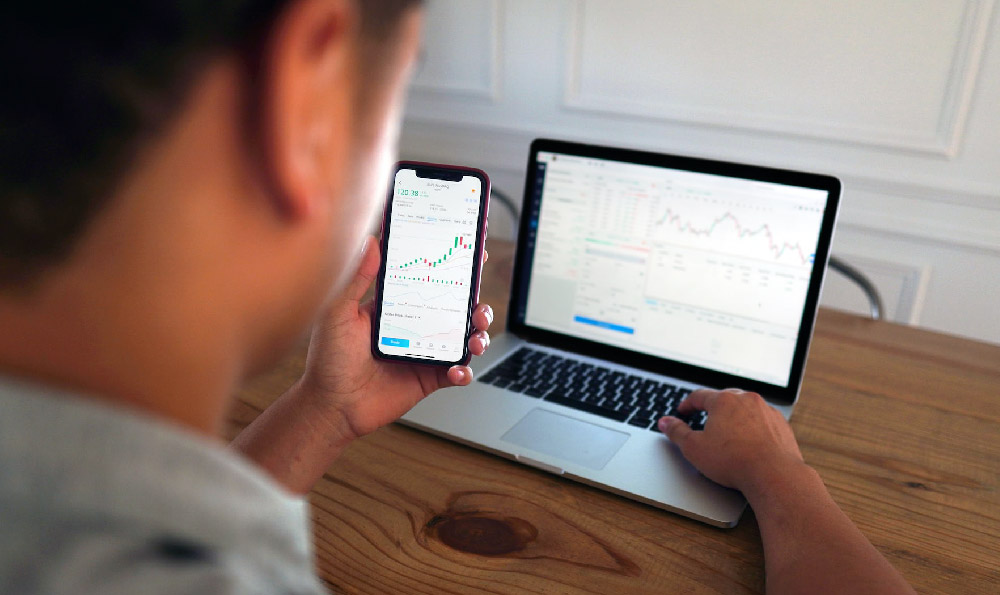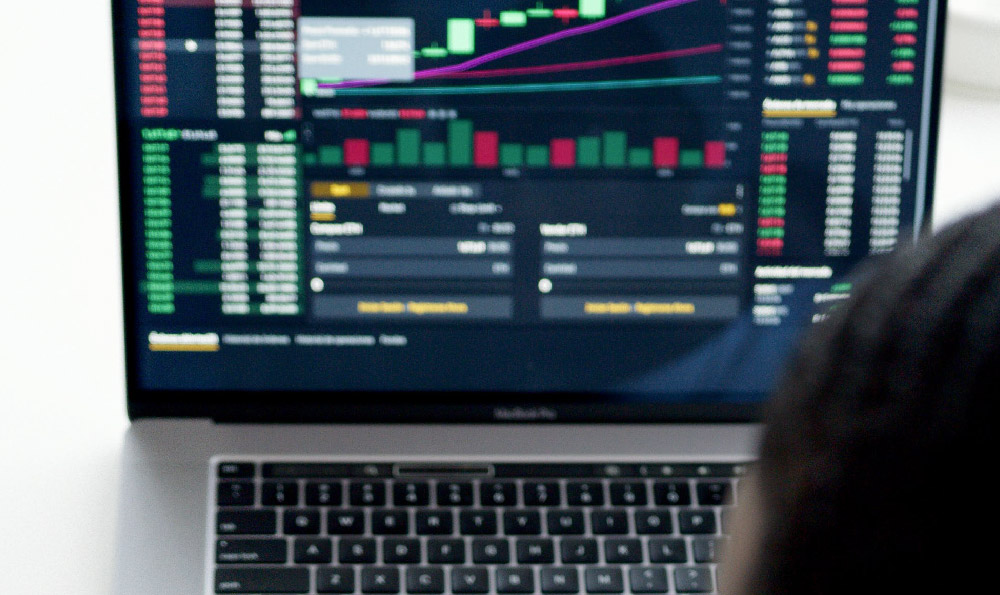Is Bitfarms a Buy or a Bust? A Smart Investment?
Bitfarms, a publicly traded Bitcoin mining company, has garnered attention from investors intrigued by the potential of directly participating in the cryptocurrency ecosystem. Evaluating its prospects requires a nuanced understanding of the Bitcoin mining industry, the company's specific operational capabilities, and the broader macroeconomic environment. Whether Bitfarms represents a sound investment or a potential bust depends on a variety of factors, and a diligent investor should carefully consider these aspects before allocating capital.
The Bitcoin mining industry operates on the principle of securing the Bitcoin network through solving complex cryptographic puzzles. Miners compete to validate transactions and add new blocks to the blockchain, earning Bitcoin rewards in the process. The difficulty of these puzzles automatically adjusts to maintain a consistent block creation rate, ensuring the system's integrity. This competitive landscape necessitates significant computational power, demanding substantial investments in specialized hardware (ASICs), electricity, and efficient cooling infrastructure. A critical element to remember is that the mining reward halves approximately every four years, a phenomenon known as the "halving," which reduces the amount of Bitcoin miners receive per block, thus creating sustained pressure for operational efficiency.
Bitfarms distinguishes itself as a vertically integrated Bitcoin mining company, meaning it owns and operates its mining facilities rather than leasing space or relying on third-party infrastructure. This provides greater control over operational costs and allows for strategic optimization of energy consumption. One crucial aspect of Bitfarms’ appeal is its focus on utilizing renewable energy sources to power its mining operations. This not only reduces its environmental footprint but also positions the company favorably as environmental, social, and governance (ESG) concerns increasingly influence investor sentiment. Securing access to low-cost, renewable energy is paramount to maintaining profitability in the long run, particularly after Bitcoin halvings.

Analyzing Bitfarms’ financials is essential to determining its investment potential. Revenue is directly tied to the number of Bitcoin mined and the prevailing Bitcoin price. Investors should carefully examine Bitfarms' mining efficiency, measured in terms of hash rate (computational power) per unit of energy consumed. Comparing this metric to industry benchmarks and competitors is vital for assessing the company's operational effectiveness. Further, scrutinizing the company's balance sheet is important. High debt levels could pose a significant risk, particularly during periods of Bitcoin price volatility or increased mining difficulty. Conversely, a strong cash position allows Bitfarms to weather market downturns, invest in new equipment, and pursue strategic acquisitions.
Beyond the company-specific analysis, understanding the broader market dynamics is crucial. Bitcoin's price volatility is a double-edged sword for Bitcoin miners. While higher Bitcoin prices translate to increased revenue and profitability, sudden price declines can significantly impact their financial performance, potentially leading to margin compression or even losses. Moreover, regulatory developments can significantly impact the industry. Crackdowns on Bitcoin mining in certain regions or the implementation of stringent environmental regulations could disrupt Bitfarms' operations and increase compliance costs. Conversely, a more favorable regulatory environment could create new opportunities and boost investor confidence.
Investors must also consider the technological landscape. The constant evolution of ASIC technology necessitates continuous upgrades to maintain competitiveness. Bitfarms must stay ahead of the curve by investing in the latest generation of mining hardware, which offer higher hash rates and lower energy consumption. Failure to do so could lead to a decline in mining efficiency and reduced profitability. Evaluating Bitfarms’ strategy for managing its ASIC fleet and its relationship with ASIC manufacturers is therefore crucial.
The management team’s experience and track record are also essential factors. A competent and experienced management team is crucial for navigating the complexities of the Bitcoin mining industry and executing a successful business strategy. Investors should carefully assess the team's expertise in areas such as operations, finance, technology, and regulatory compliance. Transparency and clear communication from the management team are also important indicators of sound corporate governance.
Regarding risk management, investors should carefully consider the potential downsides of investing in Bitfarms. Bitcoin's inherent price volatility presents a significant risk. Geopolitical risks, such as government regulations or political instability in the regions where Bitfarms operates, can also impact the company's performance. Technological risks, such as obsolescence of mining equipment or security breaches, should also be taken into account. It's crucial to diversify investment portfolios and avoid allocating an excessive amount of capital to any single Bitcoin mining company. A prudent approach involves conducting thorough due diligence, understanding the risks involved, and carefully monitoring the company's performance and the broader market environment.
In conclusion, determining whether Bitfarms is a "buy" or a "bust" requires a comprehensive assessment of the company's operational efficiency, financial health, strategic positioning, and the broader market dynamics. There's no simple answer, and the investment decision ultimately depends on an individual investor's risk tolerance, investment horizon, and overall portfolio strategy. A smart investment strategy necessitates a balanced approach, carefully weighing the potential rewards against the inherent risks, and conducting thorough due diligence before allocating capital. While Bitfarms presents an interesting opportunity to participate in the Bitcoin ecosystem, a cautious and informed approach is essential for making a well-considered investment decision.















